In the ever-evolving landscape of food regulations, several products that are commonplace in the United States find themselves banned in other countries. These bans often stem from health concerns, environmental impacts, or differing regulatory standards. Here are five U.S. staples that face restrictions abroad, each carrying its own unique narrative and implications.
Mountain Dew
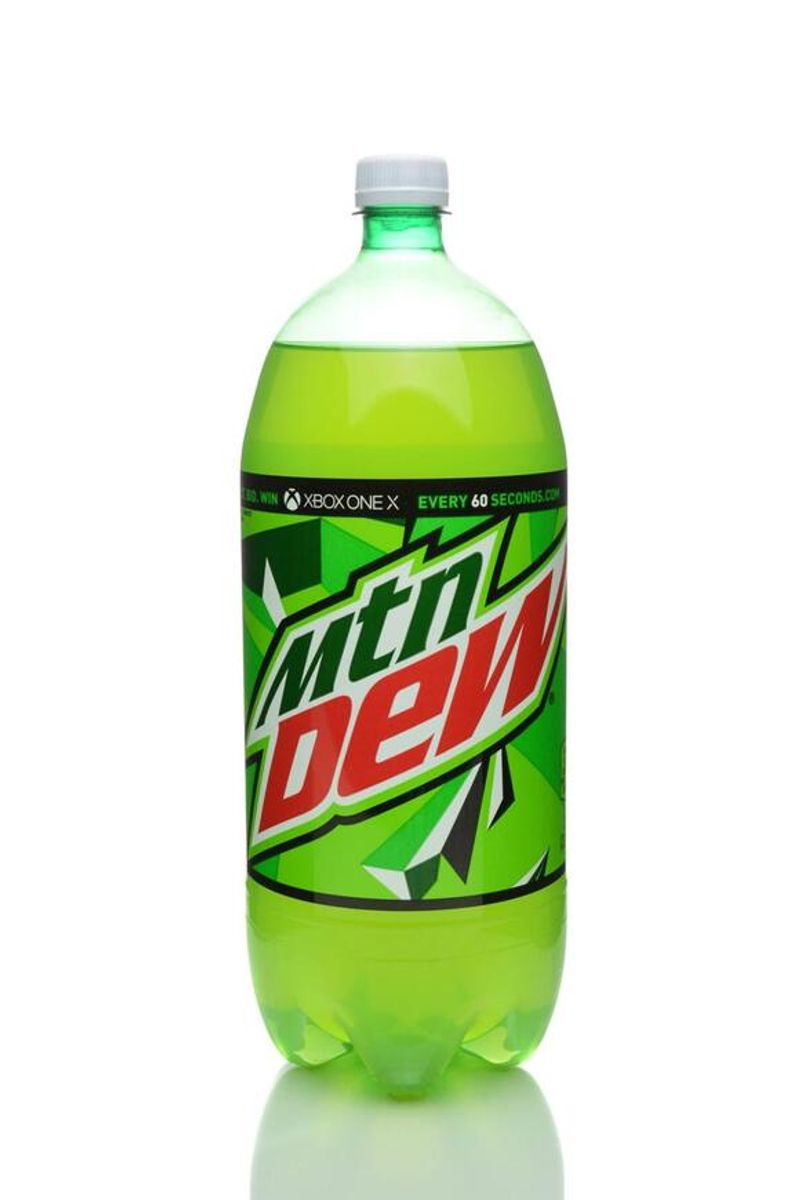
Mountain Dew, a beloved citrus-flavored soft drink in the U.S., is known for its electrifying taste and high caffeine content. Its bright hue comes from Yellow #5, a food dye that has faced scrutiny abroad. Some countries, citing potential health risks like hyperactivity, have banned the dye. Yet in the U.S., it remains a popular choice among soda enthusiasts. Interestingly, Yellow #5 is one of the most commonly used dyes in the American food industry.
Farm-Raised Salmon
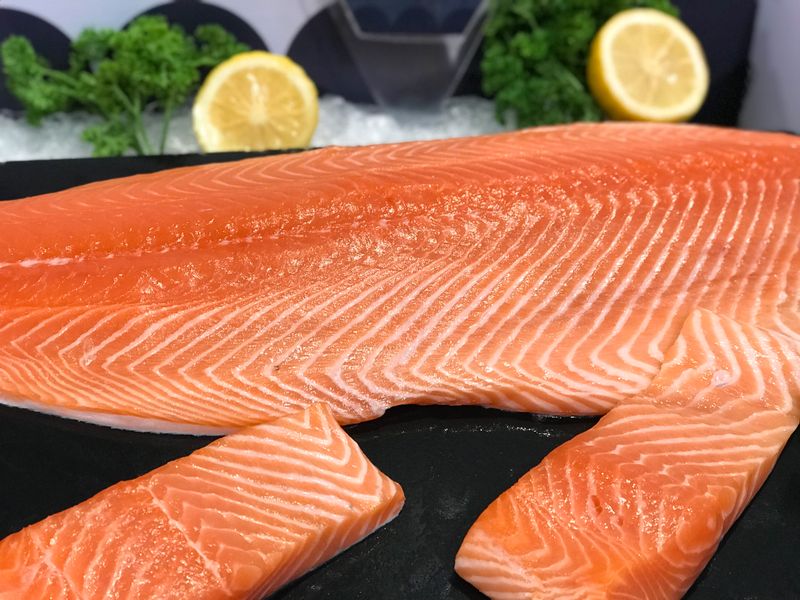
Farm-raised salmon in the United States often contain synthetic astaxanthin to achieve their signature pink hue. This practice, while standard in the U.S., is often banned in other countries due to concerns about synthetic additives. The debate centers around the potential health impacts and environmental consequences of fish farming. Despite the bans, farm-raised salmon are a staple in American grocery stores, symbolizing the broader discussion on food safety and sustainability.
Ractopamine-Treated Pork
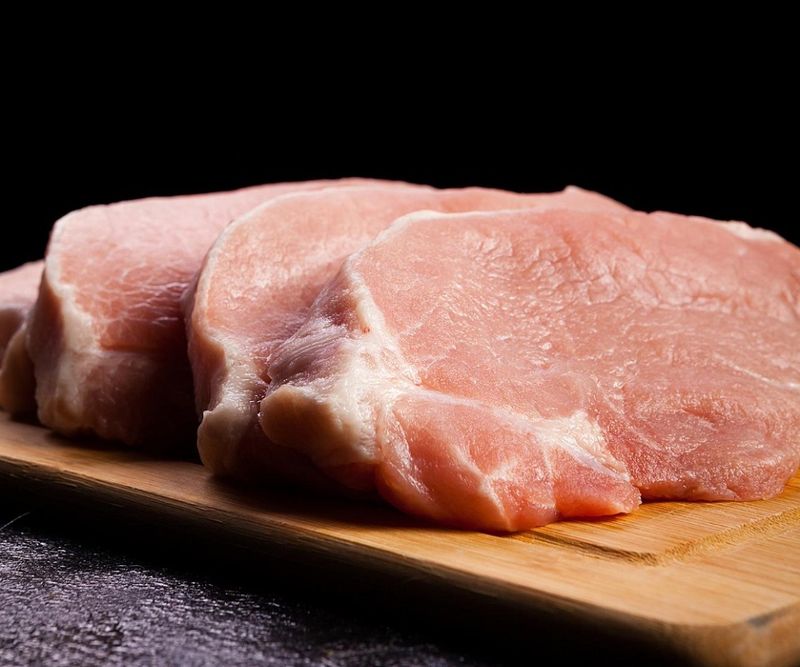
Ractopamine, a feed additive used to promote leanness in pork, is a point of contention globally. While the FDA deems it safe, over 160 countries, including the European Union and China, have banned its use. Concerns revolve around potential health risks to humans and animal welfare. The U.S. pork industry, however, continues to utilize this additive, highlighting a significant divide in international food safety standards.
Artificial Food Dyes (e.g. Yellow #5, Red #40)
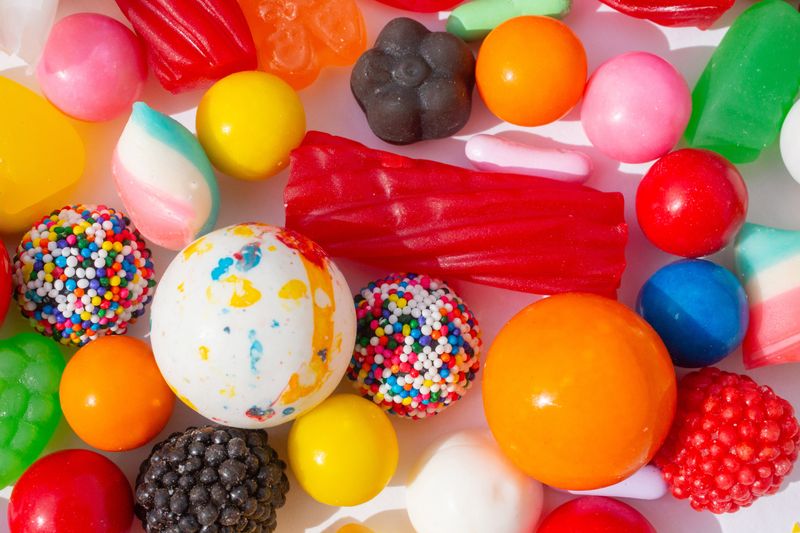
Artificial food dyes, such as Yellow #5 and Red #40, bring vibrant colors to many American snacks and beverages. Despite their popularity, these dyes are banned in several countries due to links to behavioral issues in children and potential allergic reactions. The U.S. food industry, however, continues to use these dyes extensively, often defending their safety and necessity in consumer products. This ongoing debate reflects broader discussions on consumer safety and regulatory divergence.
Brominated Flour (Potassium Bromate)

Brominated flour, an additive used to strengthen dough and enhance bread rise, is banned in many countries due to possible carcinogenic effects. In the U.S., it’s a common ingredient in commercial baking, used to improve texture and volume. The use of potassium bromate exemplifies the contrasting regulatory approaches between the U.S. and other nations. While American bakers appreciate its benefits, health advocates push for alternatives, citing long-term health concerns.
Olestra (Fake Fat in Chips)
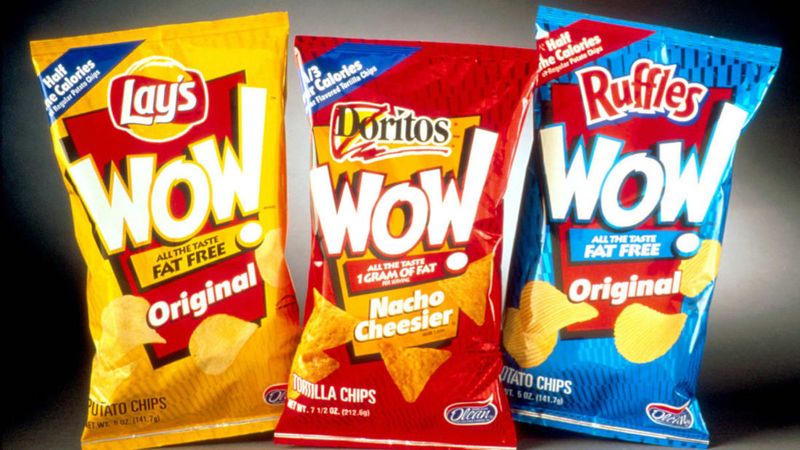
Imagine indulging in your favorite crispy chips without any guilt. Olestra, a fat substitute, promises just that by adding no calories or fat. Yet, its side effects, such as abdominal cramps and loose stools, raised health concerns. Many countries, including Canada and the UK, prohibited its use.
In the 1990s, Olestra became popular in the U.S., especially in “light” snack foods. Despite FDA approval, global apprehension persists. The compound’s ability to deplete fat-soluble vitamins from the body led to its infamous reputation.
For some, the risk simply outweighs the benefits.
Azodicarbonamide (ADA – “yoga mat chemical”)

Azodicarbonamide, a chemical used in yoga mats, is also found in some U.S. bread products. Its role? To improve dough texture and strength. However, this industrial compound posed health risks, sparking international bans.
Many European countries and Australia took a stand against ADA, citing respiratory issues and potential links to cancer. Its dual purpose as both a food additive and industrial component troubled health experts worldwide.
While the FDA deems it safe in small amounts, global caution prevails. Bread without ADA remains the standard in many parts of the world.
BHA and BHT (Preservatives)
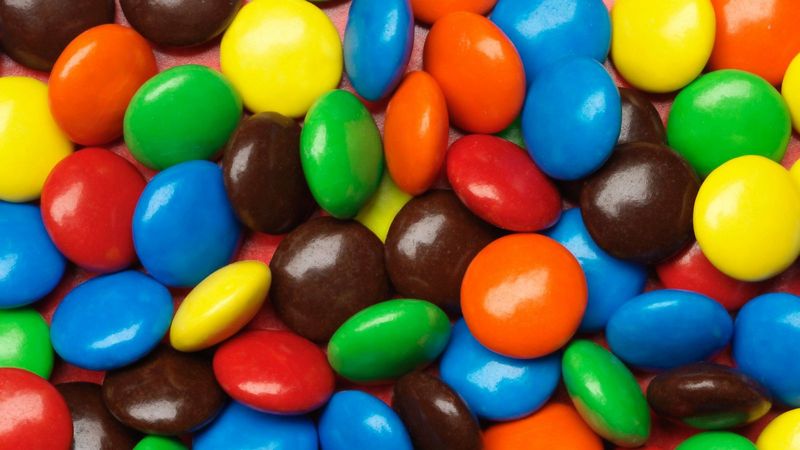
What keeps your cereal fresh and crunchy? BHA and BHT, synthetic antioxidants, play this key role. However, these preservatives sparked controversy over potential carcinogenic effects. The debate led many countries to ban them as food additives.
In the U.S., BHA and BHT are widely used despite the suspicions. Tests on rodents reignited fears, as results suggested a cancer link. Yet, the FDA maintains their safety at regulated levels.
Across Europe and Japan, precautionary measures dominate, favoring natural alternatives over these disputed chemicals.
Milk Containing rBGH (Recombinant Bovine Growth Hormone)
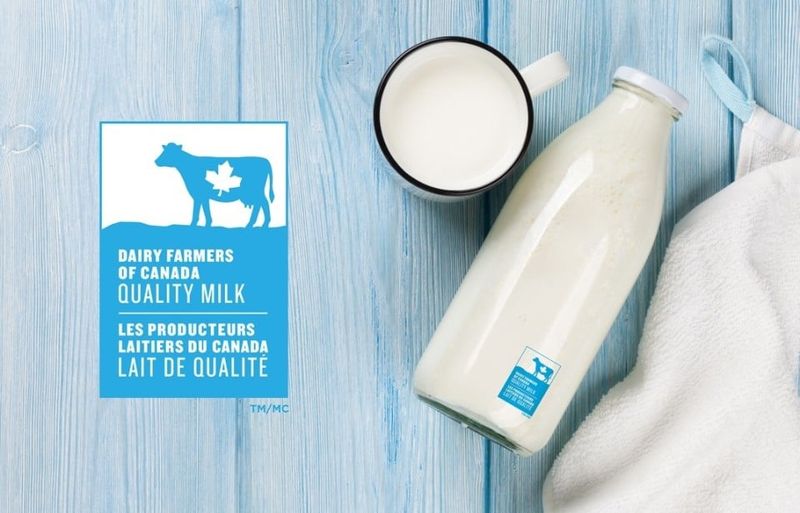
Milk enhanced with rBGH, an artificial growth hormone, promises increased dairy production. Yet, it’s a promise many countries refuse to embrace. Concerns about animal welfare and potential health risks led the EU, Canada, and others to ban its use.
Increased IGF-1 levels in such milk raised red flags, with potential links to cancer in humans. Despite these concerns, the U.S. dairy industry continues its use, supported by FDA approval.
Internationally, the focus remains on natural milk, prioritizing consumer health and ethical farming practices.
Synthetic Food Coloring in Kids Cereals
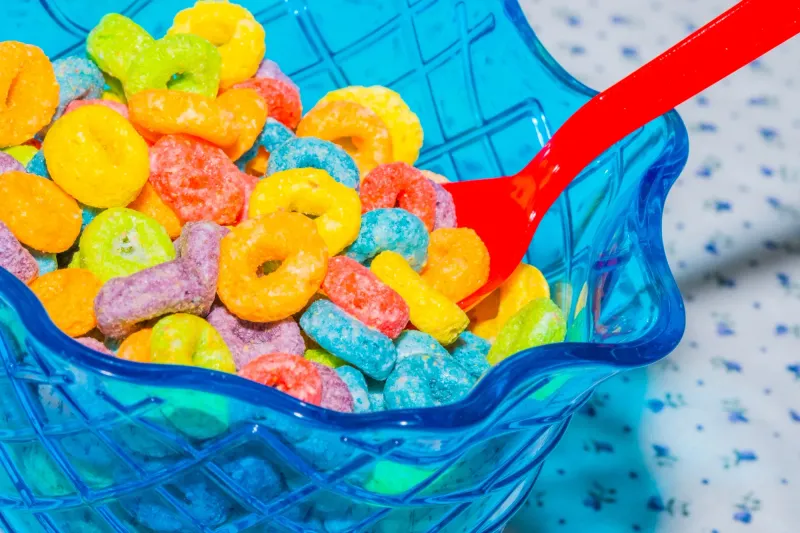
Bright and colorful cereals appeal to children and adults alike. Still, synthetic food colorings raise health concerns, especially in Europe. Studies linked them to hyperactivity in children, prompting stricter regulations in such regions.
In the U.S., artificial dyes remain prevalent despite warnings. Red 40, Yellow 5, and others enhance visual appeal but face scrutiny over safety. The FDA permits their use, yet debates on potential behavioral impacts continue.
Globally, natural alternatives gain favor, aligning with increased consumer awareness and demand for safer options.
Genetically Modified (GMO) Foods

In the quest for agricultural innovation, GMOs emerged. Yet, genetically altering foods sparked debates about safety and ethics. Many countries, including France and Russia, enforce strict regulations or bans on GMO imports.
In contrast, the U.S. embraced GMO crops, enhancing food production and pest resistance. However, concerns about long-term effects on health and ecosystems persist.
Globally, the emphasis remains on transparency and choice, with labels and restrictions guiding consumer decisions. The debate on GMOs is far from over, with passionate arguments on both sides.
Skittles (Titanium Dioxide Ingredient)
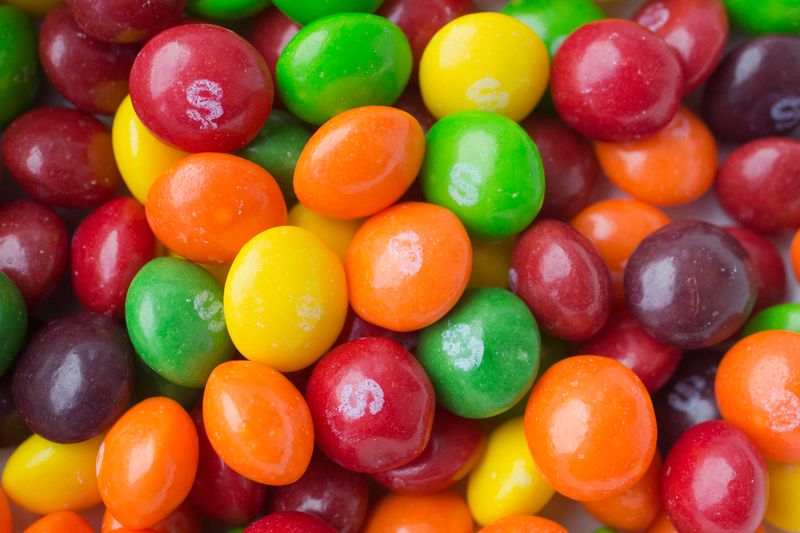
Taste the rainbow, but at what cost? Skittles use titanium dioxide to achieve their vivid colors. This additive faces scrutiny for potential health risks, including cancer concerns, leading to bans in several countries.
France took a definitive stand, removing titanium dioxide from food products. Despite EU restrictions, the U.S. continues its use in candies and other treats.
The conversation around food safety intensifies as consumers demand clearer labeling and safer ingredients. Skittles, for now, remain a colorful staple in American confectionery, albeit a controversial one globally.
Chlorinated Chicken
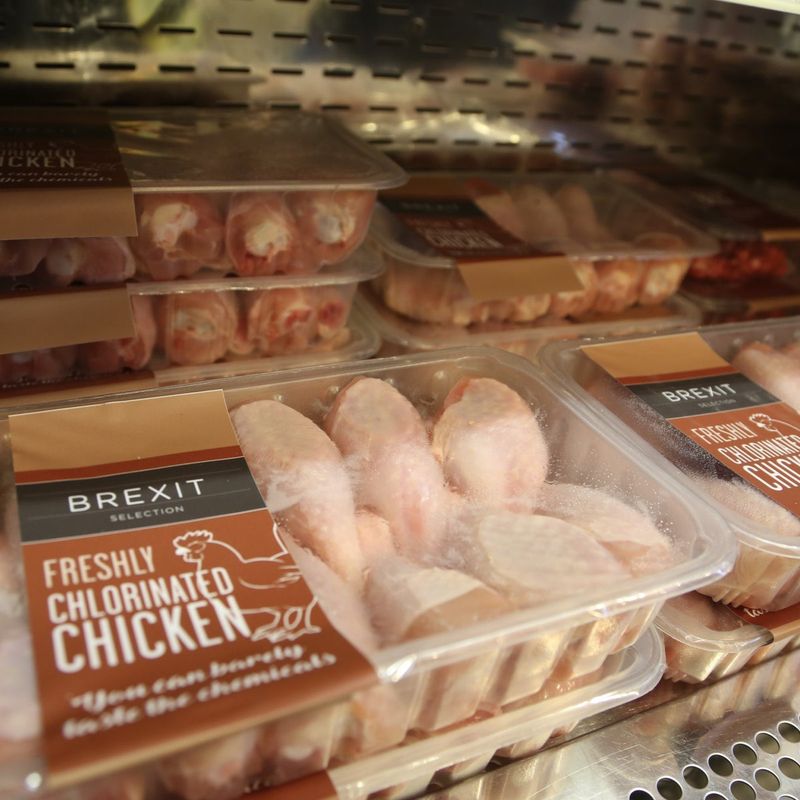
Chlorinated chicken became a significant trade barrier, especially between the U.S. and EU. The washing process, intended to kill bacteria, raised health concerns. European countries banned the practice, favoring stricter hygiene standards in poultry farming.
While safe by U.S. standards, chlorine-washed chicken sparked debates on food quality and safety. Critics argue it masks poor farming conditions, while proponents claim it’s an effective safety measure.
The discussion highlights differing global food safety perspectives, with chlorine-treated chicken remaining off the menu in many regions.
Certain American Energy Drinks (e.g., with high caffeine/BVO blends)
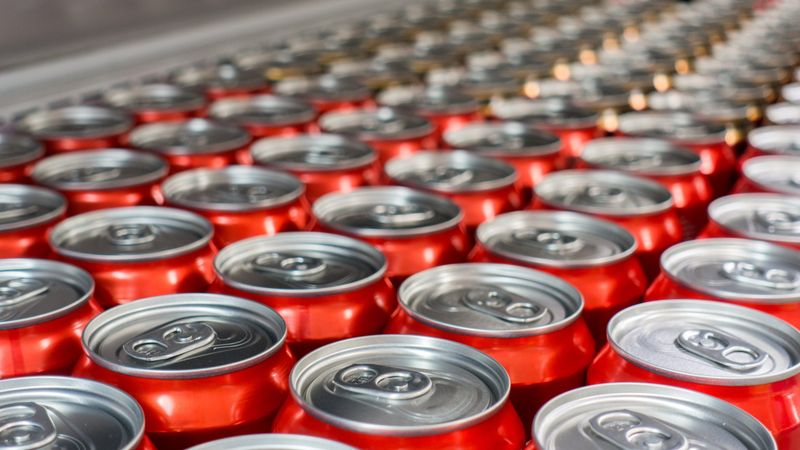
Energy drinks promise a quick buzz, but some ingredients led to international bans. Brominated vegetable oil (BVO), used in certain drinks, faced backlash over potential health risks. High caffeine content also raised alarms.
Countries like Japan and parts of Europe imposed restrictions, citing possible heart and neurological effects. Despite concerns, these drinks maintain their allure in the U.S., especially among younger demographics.
The global conversation on energy drink safety continues, focusing on ingredient transparency and consumer health. Restrictions vary, reflecting diverse regulatory approaches worldwide.
Leave a comment